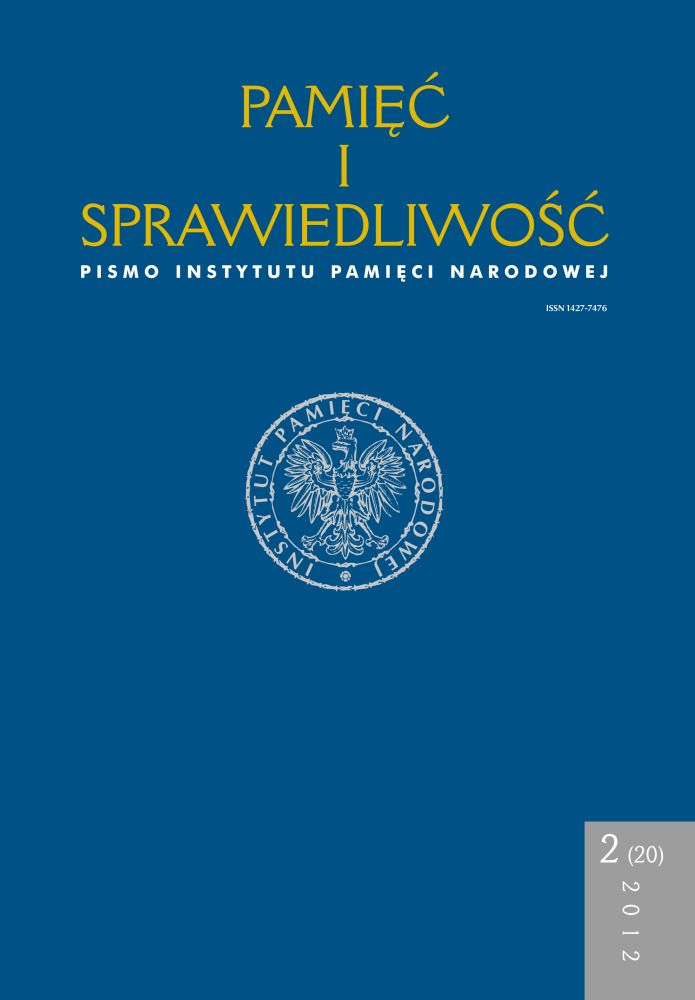Sublime (w) historii. Wzniosłość jako narzędzie i przedmiot badań
Sublime (in) history. The sublime as a tool and object of research
Author(s): Iwona KościeszaSubject(s): History
Published by: Instytut Pamięci Narodowej
Keywords: historical narration; sublime; experience; emotions
Summary/Abstract: The relation between a historian and the past can be described in terms of nostalgia and searching, therefore the Sublime in history is connected with the longing for a presence that evokes fascination and fear at the same time. When analyzing historical writing, one ought to take into account both the linguistic aspects of the sublime and the related philosophical and aesthetical reflection. As a result, this category, referred to as one of the so-called fundamental myths (after Jerzy Topolski), might lead to using this reflection on the sublime to better understand historiography as a record of experiencing the world. As an analysis category, it allows for showing that historians can experience the same events in variousways, and the differences are visible at the level of creating images of the past. The Sublime category is a form of the initial referencing of humans to the past, but it also one of the most important elements of criticism of traditional history. The ruminations on the sublime are connected with the interest of postmodernists in the style and rhetoric of historical narration that influences emotions. The rhetoric of the sublime is an immanent element of persuasion. It is mainly about convincing and persuading emotions. As a result, it is a significant element of historical narration. Transferring the sublime from the aesthetics dimension (which we perceive trans-historically) to the area of historiography resulted from,among others, noticing the rhetoric dimension of a historical work understood asa construction in which the dimension of human moral experiences is reflected. Rhetoric understood as a method of text construction that is at the same time a method of reality construction, plays an important role in historical writing. It formulates the bases in relation to history, it makes us aware that the historical perspective is not fixed. As a result, the sublime, transferred to the dimension of historiography, becomes an issue of historical optics. The construction of the works of historians can be analysed in terms of the construction of the sublime both in particular scenes and in the entire work. In historiography, especially in programme and scientistic historiography, the sublime usually is not an end in itself, but a means of reaching a goal. It is connected with the conceptual meaning of the works. In reference to such historiography, the sublime as an aesthetical category not only performs the persuasive function, but will also be transformed into an epistemological category.
Journal: Pamięć i Sprawiedliwość.
- Issue Year: 20/2012
- Issue No: 2
- Page Range: 115-137
- Page Count: 24
- Language: Polish

